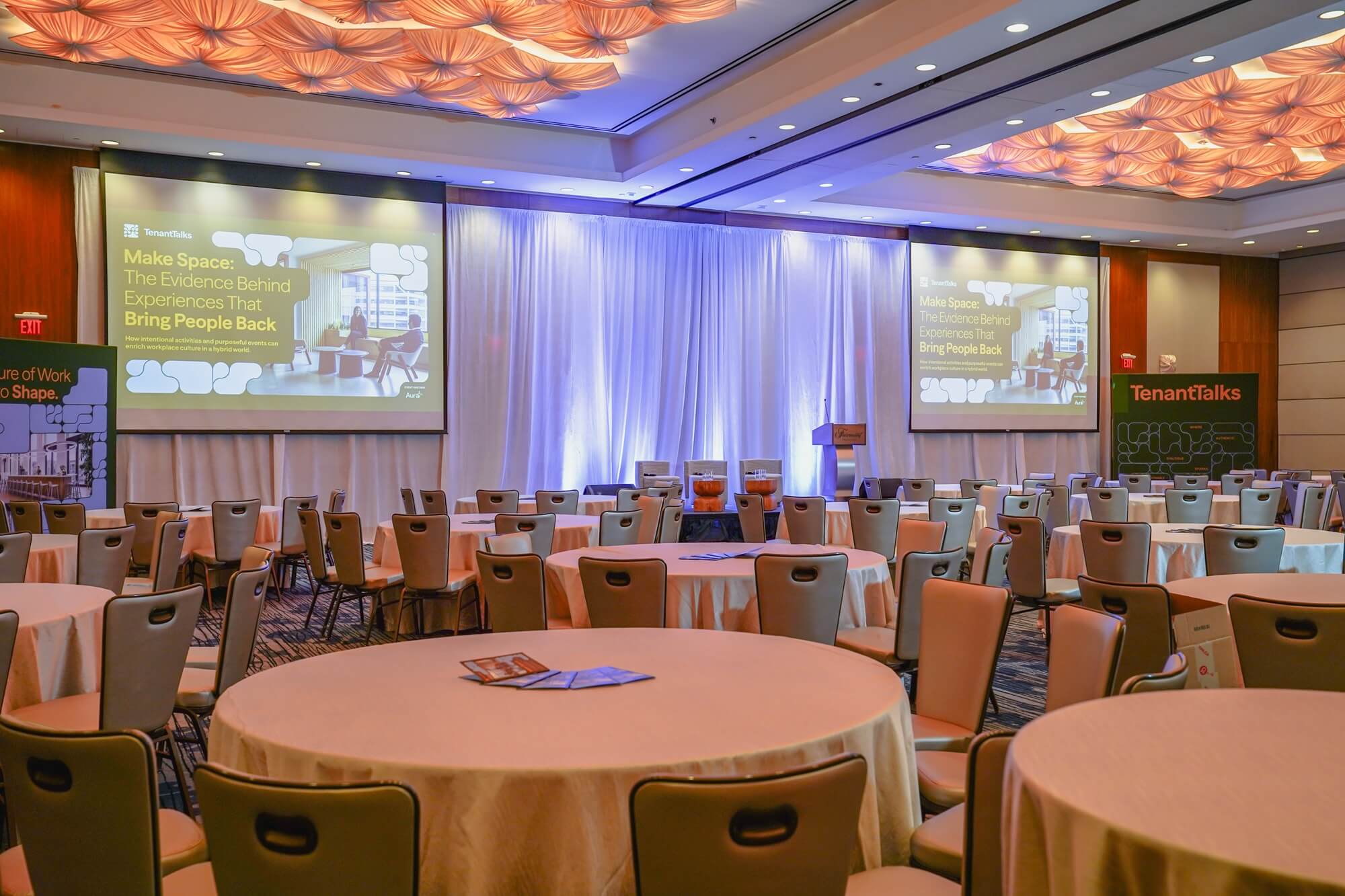Office Design For Productivity
Office interior design ideas that encourage office productivity and explore modern work culture and its newfound integration.
Interior Design Ideas for Productivity
The Digital Age has changed a huge number of modern office trends – both physical, and psychological. Speed, efficiency, the need for immediate answers have sparked some innovative interior design techniques that encourage office productivity – but office designs that promote adaptability and collaboration are some of the most popular topics in that conversation.
People are done with sitting all day and answering requests via email. The office environment of 2018 is coming alive thanks to the spirit of people who want to collaborate with others at work, and who aim to use productivity as a way to connect with their coworkers. The results are spaces that compliment energy, motivation, and collaboration.
So what do these offices look like? In this post, we’re exploring some trending interior design techniques that encourage productivity by giving people a space they actually want to come to every morning.
Encourage Chance Meetings
The internet has done many great things for the office environment. It streamlined communication and has helped develop and perfect the mobile employee, who can work and answer emails and requests from just about anywhere on the planet. From a creative standpoint, this means the old school methodology of having employees sit at a desk all day long is epically outdated.
It’s critical that interior designers promote and develop office environments that stimulate connection and brainstorming between employees; designing paths that spur chance encounters and meetings is key to boosting communication that leads to problem-solving and collaboration.
We’re witnessing an increase of design trends that attempt to embolden human intellectualism and emotional intelligence. Staircases and major office arteries are being implemented in the centre of office environments, in an effort to support chance encounters that could happen as people come and go from their working locations.
Integrate Conference & Common Areas
Modern designers believe in putting the action where the energy is. We’re seeing more and more conference rooms situated in the thick of the busiest areas of an office. This new idea is typified by the inclusion of floor to ceiling glass – to help integrate the conference room with the energy of the office, in turn, keeping the mind awake and involved with the collective energy of the space.
Traditional conference rooms have been shuffled away, steeped in an exclusive aura that removes people from the energy of the masses of employees at work, but this had led to conference rooms becoming stuffy and dry locales that have the power to put people to sleep. Instead, integrating them with the hustle of a common area keeps the mind sharp, productive, and motivated.
Accommodate Privacy
History repeats itself, and the only constant is change. True to form, the cubicle of old was ousted for the preferred open concept office plan. And now, the open concept office is being replaced by a hybridized environment geared at respecting the privacy that was so prevalent under the leadership of the cubicle, but with a more spirited twist.
Modern office interior design techniques denote a neighbourhood mentality, wherein employees are free to move in and out of unique spaces dedicated to supporting different working styles and different personalities. Accommodating privacy for one-on-one meetings or creative brainstorming sessions is a phenomenal way to create spaces that support company culture in new ways. People will always need places to make a private call, do some quiet reflection on a problem, or seek some temporary solace away from the daily grind to recharge.
Private booths, modular furniture and semi-private spaces are unique in that they can be located nearby a common area, aiding in the boost of productivity, while at the same time they are sanctuaries of integrated privacy.
Agility in the Workplace
By agility, we really mean a combination of adaptability and mobility. Encouraging employees through interior design to use space in ways not traditionally supported means embracing human personality, innovation, and spirit.
Sitting for too long is detrimental to human health in the first place, so agile interior design in the workplace is inspired by productivity and giving employees the power to choose where, when, and how they work, eliminating any shred of preconceived obligation to sit at a specific desk location all day.
Placing desks, co-operative work spaces, open concept environments, semi-private collaboration spaces, and private zones for calls is a way to demonstrate agility in the office, nurturing the innate human need to be mobile, to change one’s surroundings, and to explore differences in working environments.
—–
Building offices that cater to people is of the utmost importance in today’s vibrant workforce. People are the life and soul behind every brand and business, so creating spaces around them that support human potential and performance is integral to crafting a work experience that people love to call theirs.
Interior office designs that encourage office productivity need to be geared towards exploring modern work culture and its newfound integration with real-life, emotional intelligence, and the need to constantly shift and alter one’s environment.


